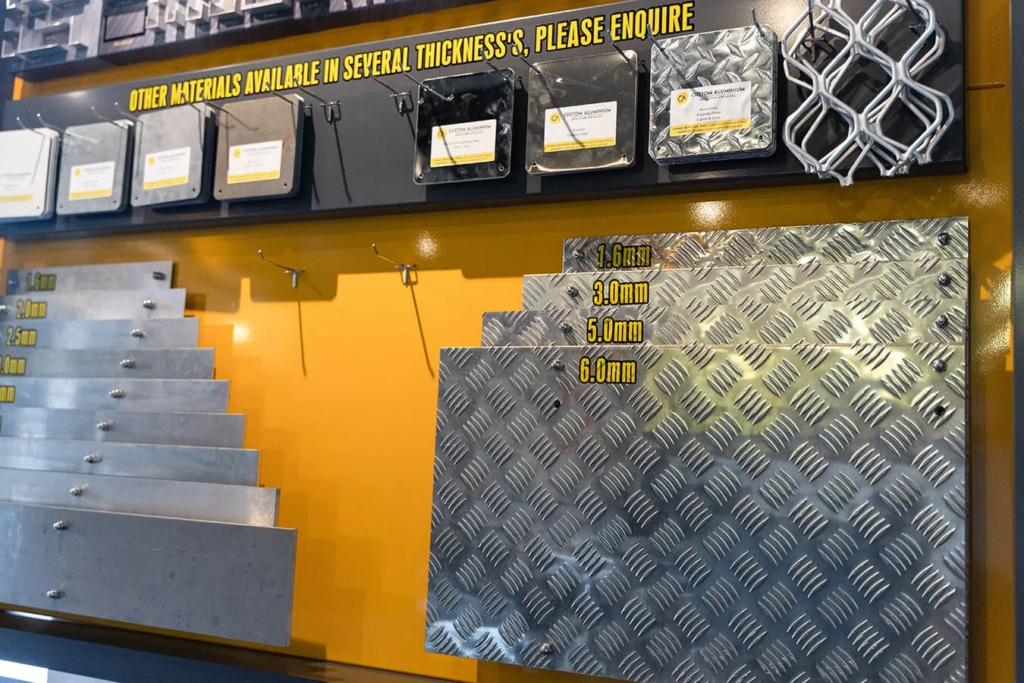
Aluminium sheets are becoming an increasingly popular material for use in modern building construction. Whether it’s for exterior cladding, roofing, or interior design, these versatile sheets offer a range of benefits that make them an attractive choice for architects, builders, and homeowners alike. But how reliable are buildings that use aluminium sheets?
What Are Aluminium Sheets?
Aluminium sheets are thin, flat pieces of aluminium metal, typically produced by rolling. They are used in a variety of applications, from automotive and aerospace industries to architecture and construction. In buildings, aluminium sheets are commonly used for roofing, cladding, and even as decorative elements. Their lightweight nature, corrosion resistance, and strength make them an excellent option for construction projects.
Strength and Durability
One of the key benefits of aluminium sheets in construction is their strength-to-weight ratio. Aluminium is a lightweight metal, but it’s incredibly strong for its weight, making it ideal for structures where both strength and low weight are necessary. For example, aluminium cladding on buildings can provide long-lasting protection without adding significant weight to the structure.

Corrosion Resistance
Corrosion is one of the most common challenges buildings face, particularly in coastal areas where saltwater exposure is a concern. Aluminium sheets, however, are highly resistant to corrosion due to the protective oxide layer that naturally forms on the surface of the metal. This protective layer helps to prevent further corrosion from occurring and ensures the longevity of the building’s aluminium components.
This resistance to corrosion makes aluminium sheets an ideal choice for external applications, such as cladding, roofing, and facades. By using aluminium in these areas, buildings are better equipped to withstand the elements and maintain their structural integrity over time.
Fire Resistance
Another important aspect to consider when evaluating the reliability of buildings that use aluminium sheets is their fire resistance. Aluminium is a non-combustible material, meaning it doesn’t catch fire easily. This makes it a safe choice for building applications, particularly in fire-prone areas.
Sustainability
Sustainability is an increasingly important factor in construction. Aluminium is a highly recyclable material, and using aluminium sheets in buildings can contribute to a more sustainable construction process. The ability to recycle aluminium without losing its quality or performance is a significant advantage, as it reduces the demand for raw materials and minimises waste.
Aesthetic Appeal
Beyond the technical benefits, aluminium sheets also offer aesthetic advantages that contribute to the overall appeal of a building. Aluminium can be easily shaped and finished in various ways, offering flexibility in design. Whether you’re aiming for a sleek, modern look or a more traditional style, aluminium can be customised to suit your vision.
Aluminium sheets are available in a range of finishes, including anodised, powder-coated, and mill-finished options. This allows architects and designers to create unique and stylish exteriors that enhance the overall aesthetic of the building. The material’s versatility means it can be used in both residential and commercial applications, from contemporary homes to high-rise office buildings.
Maintenance Requirements
One of the major advantages of aluminium sheets is their low maintenance requirements. Unlike some other materials that may require regular painting, sealing, or treatments to maintain their appearance and functionality, aluminium generally needs very little upkeep. The natural oxide layer on aluminium helps to protect it from the elements, and regular cleaning is typically enough to keep it looking good.
While aluminium is resistant to corrosion and staining, it’s important to note that dirt and grime can accumulate on its surface over time, particularly if it’s exposed to harsh environmental conditions. However, cleaning aluminium sheets is relatively simple and can be done with a mild detergent and water. In most cases, there’s no need for expensive or time-consuming maintenance procedures.

Limitations of Aluminium Sheets
While aluminium sheets offer numerous advantages, they are not without their limitations. One of the primary drawbacks is their susceptibility to dents and scratches. While the material is strong and durable, it can be more prone to physical damage than other materials, such as steel. In areas where impact resistance is crucial, additional measures may need to be taken to protect the aluminium sheets.
Additionally, aluminium sheets can be more expensive than some other building materials, which may affect budget considerations for some projects. However, the long-term benefits in terms of durability and low maintenance costs often outweigh the initial investment.
Conclusion
In conclusion, buildings that use aluminium sheets are generally reliable and offer numerous benefits in terms of strength, durability, corrosion resistance, and sustainability. The material’s lightweight nature, fire resistance, and low maintenance requirements make it an excellent choice for a variety of construction applications. Whether used for roofing, cladding, or decorative elements, aluminium sheets contribute to the overall longevity and performance of the building.




